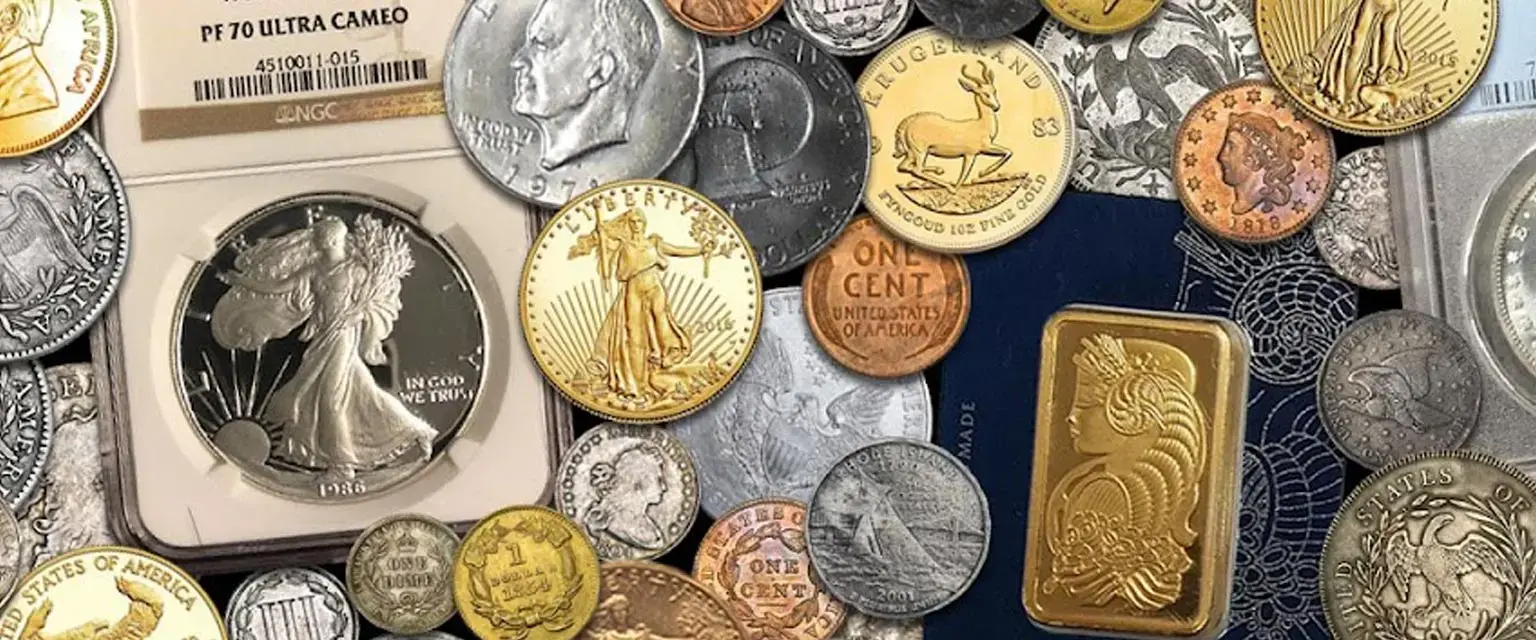Whether you’re a beginner or experienced numismatist and currency collector, it’s important to familiarize yourself with common techniques used to counterfeit coins and banknotes, as there are a lot of fakes out there.
To get started, you will need a few resources. In addition to any genuine currency that you own, you can also get other reference materials. Many books and guides will show you high-resolution photographs and other important information about coins and banknotes that are known to be legitimate. Compare the coins and banknotes that are known counterfeits to those that are genuine in order to learn to spot the differences for yourself.
Here are some tips for how to tell if your coin or banknote is fake when collecting and trading:
Coins:
- Check the weight of the coin. Buy an inexpensive digital scale and compare the weight of the coin to the specified weight that’s listed in sources such as the Red Book.
- Measure the size of the coin. The diameter and thickness should be within the range stated in various guide books, such as the Red Book.
- The color of the coin should be consistent with the metal or alloy used to produce the coin. Counterfeiters will use less expensive metals to produce a fake coin, so the color won’t be right.
- Research the coin to become familiar with the visual marks that it should have. It may have a certain number of reeds around the edge or have a particular mint mark. Counterfeiters will often alter a mint mark or file it off in order to change where it originated from.
According to NGC, the 1909-S V.D.B. Lincoln Cent is the most commonly counterfeited coin. The “S” mint mark and “V.D.B” initials are added to other pennies to make them appear as this more expensive version.
Banknotes:
- Check the serial numbers. Are they within the known range listed in reference materials? Does the serial number appear to be altered in any way? Oftentimes a counterfeiter will remove the serial number and replace it with another so that it appears to be a different and more expensive banknote.
- Paper and ink quality are other important factors to look at when trying to figure out if a banknote is counterfeit. If a signature, stamp, or serial number looks like it was printed with a modern inkjet printer, then it should be considered a fake.
One of the most common counterfeit banknotes is Confederate States of America paper money. This is because a lot of counterfeit money was produced at the time, so it is the same age and made with the same materials as the legitimate currency.
In fact, a considerable amount was produced in Cuba and is known as “Havana Counterfeit.” This counterfeit version mimics the $100 “Women of the South” Confederate banknote and is slightly smaller than the real thing. Interestingly, a lot of collectors still like to pick up these notes for their curiosity value.
CV Coins & Collectables has a wide collection of coins and banknotes which have gone through our own expert inspections, as well as by appraised by PCGS, NGC, and PMG. If you need your coins or banknotes appraised, please contact us to schedule an in-person appointment today. We look forward to helping you with your collection!

